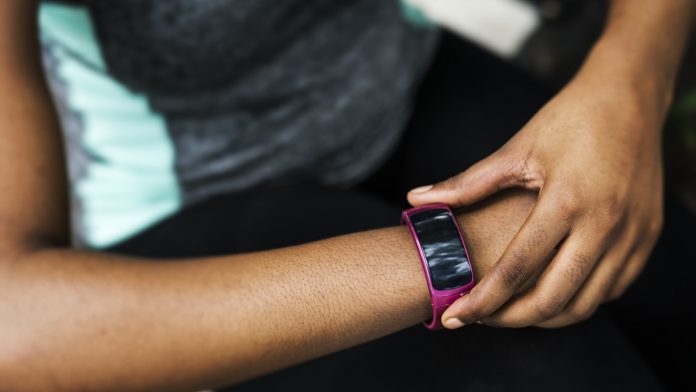
Researchers from Scripps Research finds data from fitness bands and other wearable devices can track physiological response to the COVID-19 vaccination.
The research team analysed sensor data from fitness bands and other devices on sleep, activity and heart rate from over 5,600 individuals. This is the first study towards quantifying the physiological response to vaccination in individuals using readily available devices like smartwatches and fitness bands.
The lead author Giorgio Quer, PhD, director of Artificial Intelligence at the Scripps Research Translational Institute, noted that: “Investigating the physiological signals in the period around vaccination can help us better understand the variability of vaccine response between people, as well as the changes from an individual norm due to vaccination. As these individual changes are due to a person’s initial immune response to the vaccine, they can potentially help guide future vaccine development to optimise their efficacy and safety, and allow for more precise, individualised vaccine regimens.”
The study is in the journal called npj Digital Medicine.
The DETECT project
The researchers drew their data from a larger project, called Digital Engagement and Tracking for Early Control and Treatment (DETECT), launched in March 2020, in response to the emergence and rapid spread of SARS-CoV-2, the virus that causes COVID-19. DETECT is a mobile-app research platform that allows participants to share physiological and behavioural data gathered through a fitness band or smartwatch, as well as manually entered symptoms, test results and vaccination status.
Digital biomarkers and fitness bands
To establish whether fitness bands and wearables could illustrate digital biomarkers of vaccine-induced immune responses, the team analysed DETECT sensor data from two weeks before and after each vaccination dose. They compared post-vaccination changes to the participants’ resting heart rate, sleep and activity levels, to their baselines.
The analysis showed that the average resting heart rate of study participants increased significantly on the day following vaccination, peaking two days post-vaccination, and returning to normal four days after the first dose and six days after the second. In addition to increases in resting heart rate being higher after the second dose of the Moderna versus the Pfizer-BioNTech vaccine, the findings suggested that prior COVID-19 infection was linked with a higher resting heart rate increase after the first vaccine dose compared to those without prior infection. This increase is consistent with an expected greater immune response for these individuals.
The physiological responses in women and men
The researchers highlighted some key differences in the physiological responses of women and men. They found that women experienced greater changes than men in resting heart rate in the following five days after the first COVID-19 dose and that individuals under 40 years old had higher changes in resting heart rate than older individuals, but only after the second dose.
Activity and sleep patterns recorded on fitness bands appeared to be minimally affected by the first dose, but a significant decrease in activity and an increase in sleep relative to baseline were observed immediately after the second dose.
“While the link between physiological response and immune response still requires further investigation, digital tracking could provide a novel way to identify individuals who may not be responding optimally to the vaccine,” said Steven Steinhubl, MD, associate professor at Scripps Research and senior author of the study.
“DETECT really shows the power of wearable sensor data in furthering our understanding of multiple facets of COVID-19,” Quer commented. “We hope to continue to expand this research by growing our study cohort further, which will allow us to delve into important questions regarding breakthrough infections and other areas that are currently poorly understood.”
























